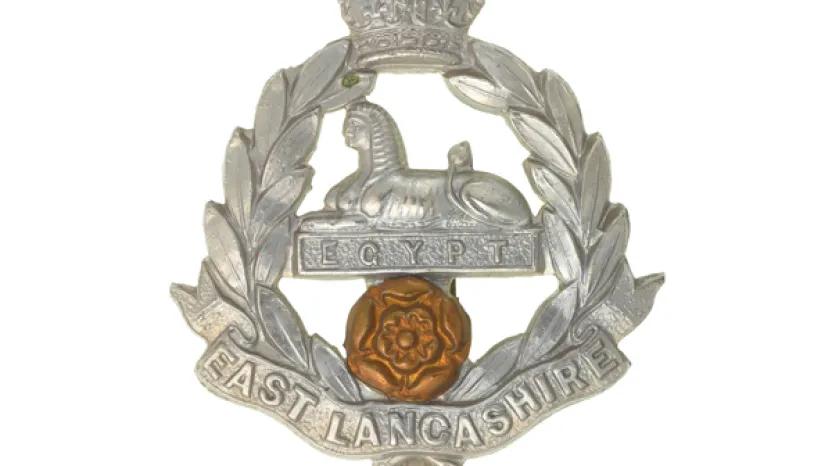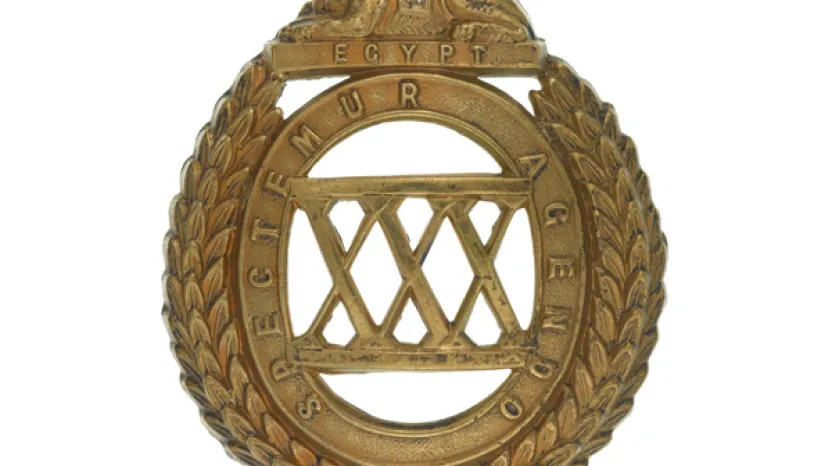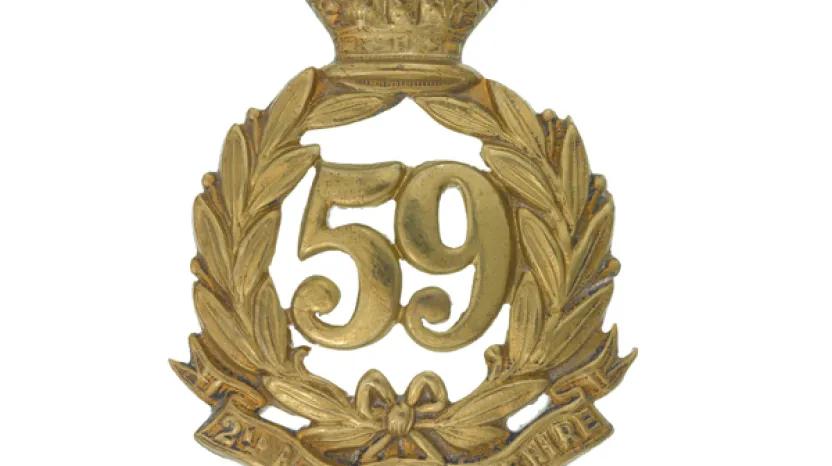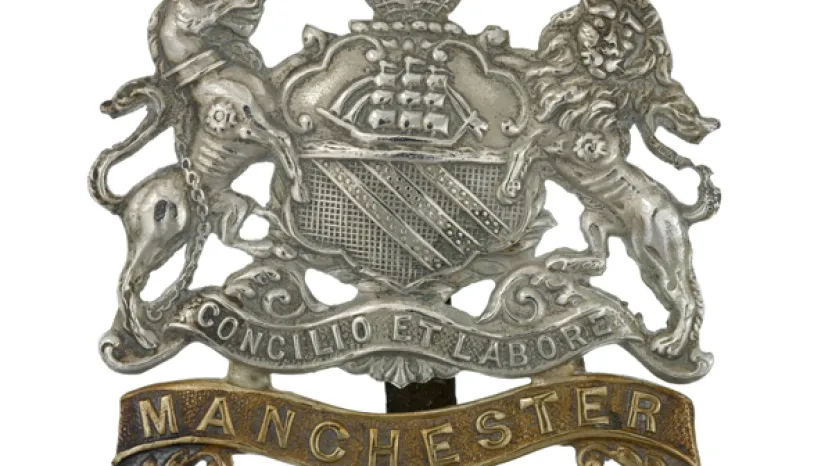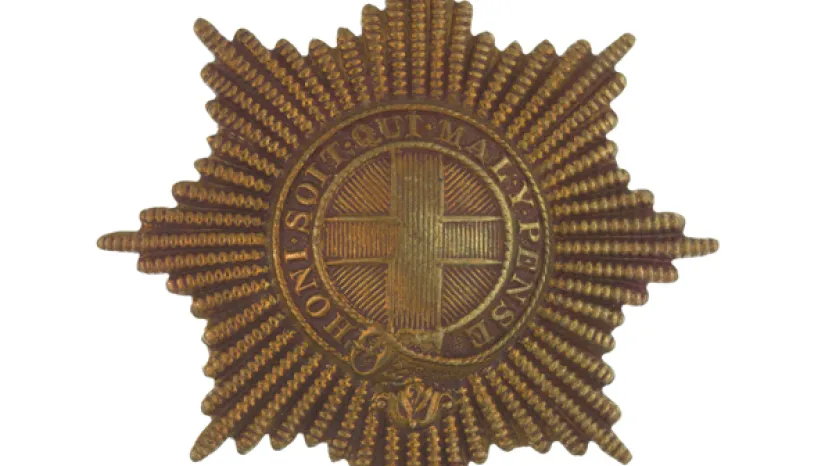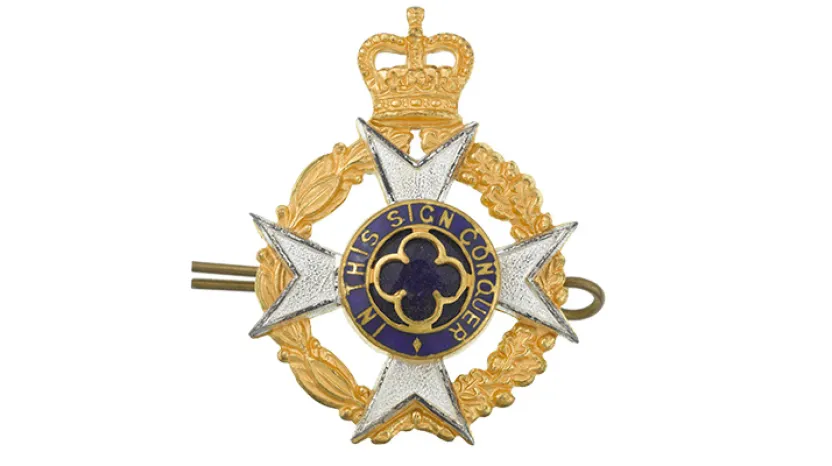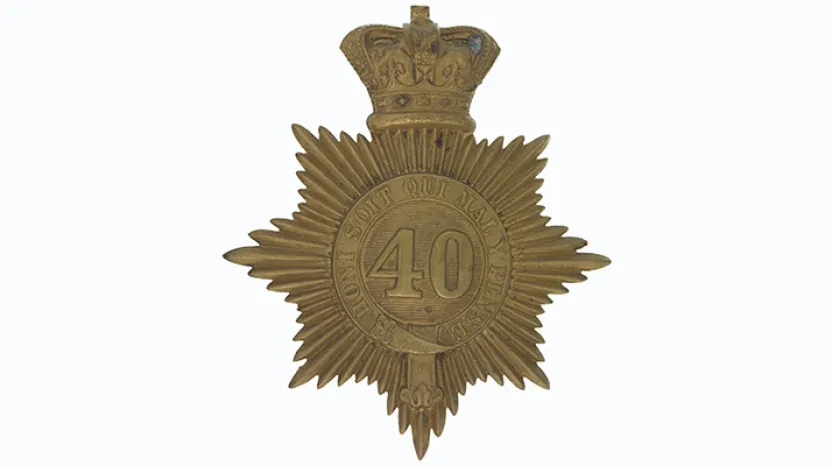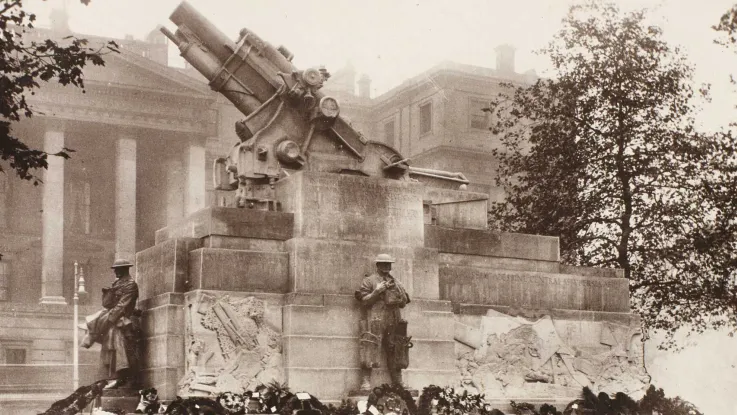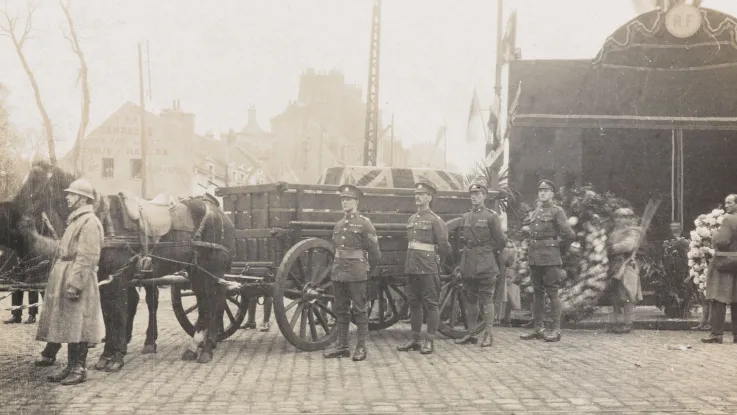Explore
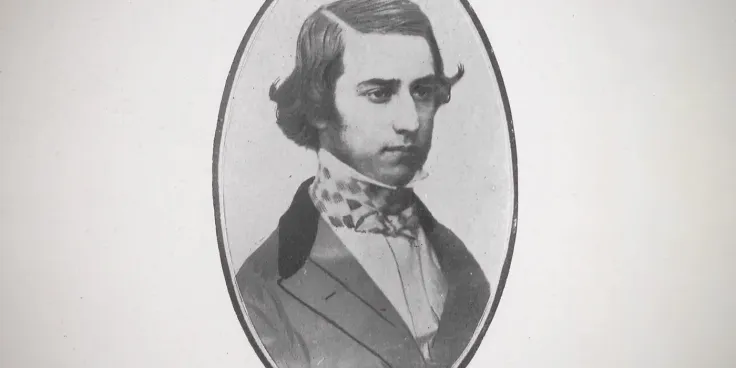
A Soldier's Life
In Their Own Words: Captain George Fulton
George Fulton played a crucial role in the Siege of Lucknow during the Indian Rebellion (1857-59). His diary reveals him to be an officer of great courage and skill, who successfully fought a grim subterranean battle against enemy sappers and miners.
Explore by theme


